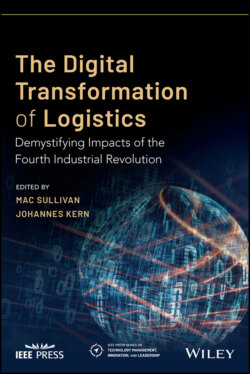Читать книгу The Digital Transformation of Logistics - Группа авторов - Страница 51
Standards
ОглавлениеAs already well known in SCM, standards are important. With an increasing number of IoT devices involved, there is an exponentially large impact on the standards of the data format, the identification, and connecting technology that necessitates the use of middleware to connect different formats used throughout the whole supply chain. Everything is connected with everything, but based on which “language”? This issue can, for instance, be seen in the discussion about cables and connectors in the computer/mobile phone sector. It started with a lot of diverse single solutions and finally led to the USB solution as unified standard.
One well‐known and established standard for identification in the global retail business is the GS1 EPCIS standard and the Global Trade Item Number (GTIN). By scanning the GTIN number/barcode at defined “control points” in the supply chain, a track and trace function can be established from the source to the customer. Another common standard that is mainly used in the automobile industry is the VDA/Odette barcode label. Although such common identification systems exist, we can find additionally numerous labels of each logistics service provider for their specific operations or parts of the supply chain. The further development of the IoT in the future will show which identification and communication technology will prevail. The “Industrial Internet Consortium” (Object Management Group 2020) and the “Industry 4.0 platform” (Plattform Industrie 4.0 2018), for example, are working closely together to standardize and ensure interoperability in the industrial sector (Plattform Industrie 4.0 2019).
